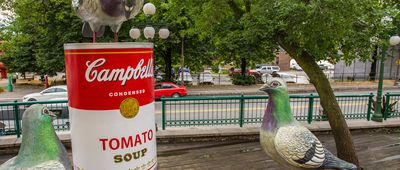Sweet Trivia
Right up there with otters holding hands and double rainbows, candy is one of those things in life that just makes you happy. Candies have existed for thousands of years, long before vending machines and Halloween buckets.
Ancient cultures boiled honey into chewy sweets, and by the 1800s, sugar was cheap enough to turn candy into a full-blown industry. Since then, it’s become everything from a comfort food to a marketing goldmine.
Along the way, candies have picked up some weird, surprising, and downright ridiculous stories. Read on to learn about some of the more unusual facts about popular candies.
























